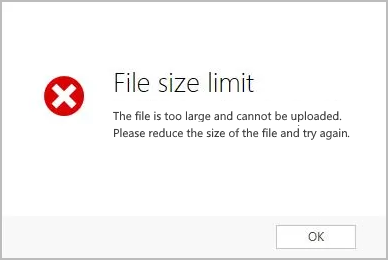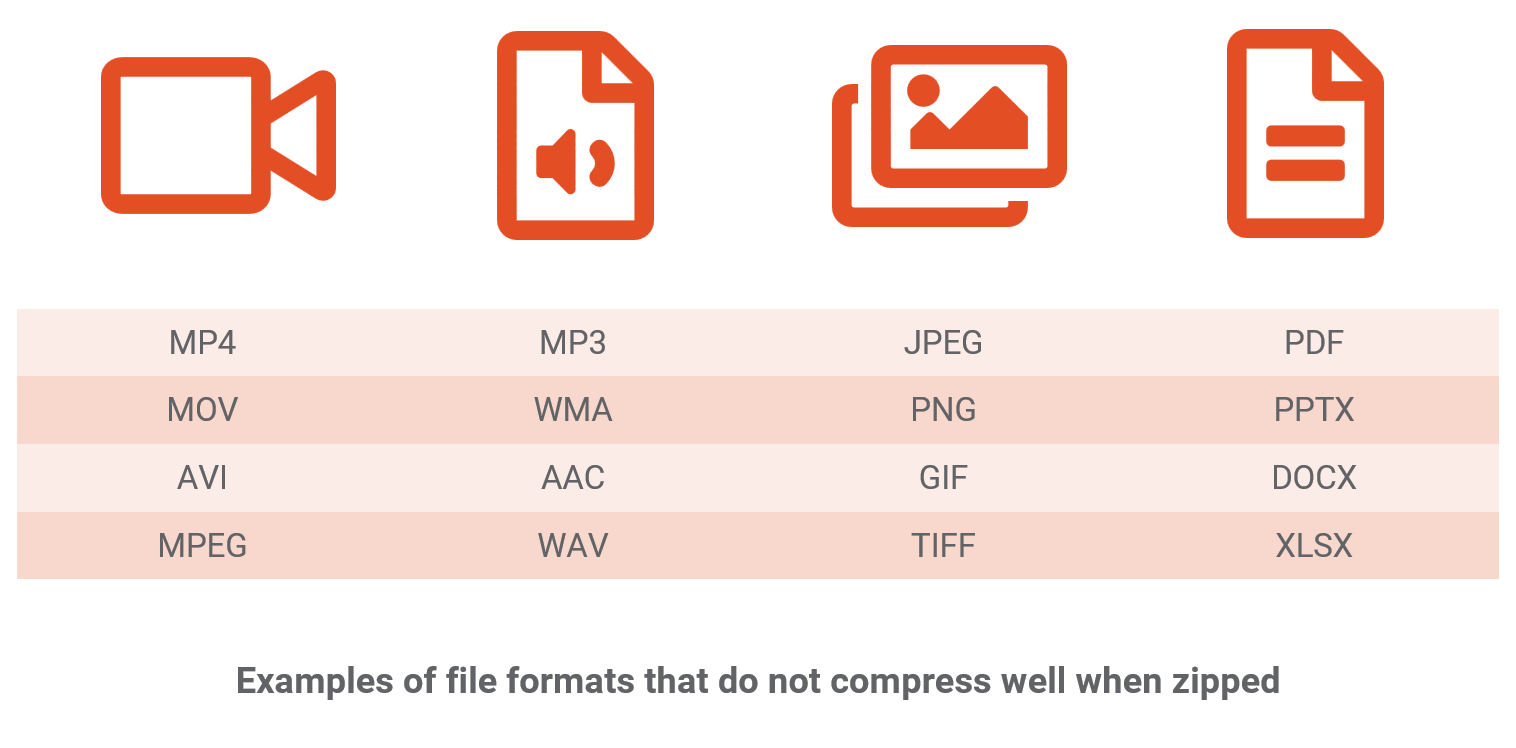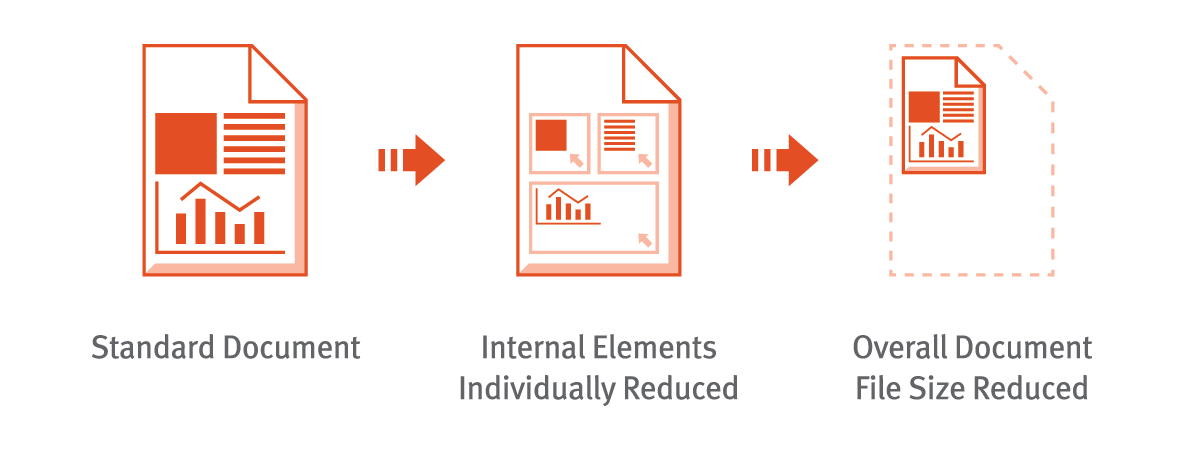Why is my Zip file still too big?
So here’s the familiar issue; I have a number of documents and images to share via email or upload to an online portal. I collect and compress them into a zip file to upload them. Only as soon as I do, I receive a warning that I have exceeded the attachment size limit and the files will not be sent or shared.
😡 Immediate Productivity Drain😡
I just wanted to get on with my next task [sigh]. Now I have to find a way to get around these pesky size limits, probably having to learn some new skills or sign up to services that I’m unlikely to use again. There must be a better way...
The good news is that there is! 🎉
How can I reduce the size of a Zip file?
If you are trying to compress any of the file types in the image below that Zip does not compress well, you can do so by following the simple steps outlined.
Compress Zip files further in 3 easy steps
- Download NXPowerLite Zip Compressor for Windows or macOS and install.
- Add the file or files you wish to compress.

- Click the optimize button to start compression.
Once the fast NXPowerLite compression completes, check out the huge reduction in file sizes 😲.
All files remain in the same file format too, so when you send or share your files other users don’t need any special tools to open them. With default settings, smaller copies of each file will be created alongside the originals, but you can configure NXPowerLite to replace or backup original files by using the ‘Save setting’ options.
When complete, you can optionally use the menu option Add to Zip to collect all the files into a single Zip file. This ensures all your files are as small as they can be.
Alternatively, NXPowerLite can also be used as a Zip file compressor, simply drag your Zip file onto NXPowerLite and it will automatically compress the zip file contents without you having to unzip it first.
“I have used NXPowerLite countless times to reduce the size of bloated PowerPoint and PDF files! My clients are astonished at how much smaller their files are while retaining image fidelity. This is a must-have tool!”
Why does zip not reduce the size of some files?
Files that do not compress well are usually those that already contain highly compressed content. For example, most multimedia files, images, and user documents will not compress well when Zip compression is applied. Any of the following file types are unlikely to achieve great compression with Zip because they are either fully compressed or contain mostly compressed content:
In order to reduce any of the file formats indicated above another approach must be taken. Lossy compression, such as NXPowerLite, can be a good alternative to ensure files are as small as they can be without altering the visual integrity and usability of the file.
How does NXPowerLite file compression work?
Compared with traditional compression, NXPowerLite’s compression takes a different approach to tackle large files. Its remarkable performance stems from the fact that many large files, such as PDFs, Microsoft Office documents, and JPEGs contain considerable hidden bloat that can be stripped away in order to reduce file size without changing the file format or affecting the visual integrity of the file.
NXPowerLite tackles individual elements inside a document, assessing how to reduce each component in turn. By examining each component in isolation it will choose the most effective method of reduction rather than applying general settings across the whole file. This approach creates much smaller files that remain in the same format, so no readers or decompression tools are required.
“Doesn’t exactly compress files, it wrings them out, shaking unneeded bytes out of graphics and included objects to radically reduce their size without affecting their appearance.”
Alternative options for sharing files that don’t compress
Sometimes you can try both zipping and NXPowerLite compression and still have a file that is too big. In this situation you are left with the following options for sharing your zip file:
For Video and Audio files you’ll likely have to re-encode the file to reduce it in size which is in most cases a pretty involved process. The free tool Handbrake is our go-to tool for easy reencoding options. There are also online services that can do this for you, although most have file size or other limitations.
Use an online file sharing service and send a link to download the file to your recipient.
Split the file into multiple parts to share and the recipient can reconstitute the parts into a single file. A good example of this is the RAR format, of which there are a number of great (free) solutions such as 7-Zip.
Try other zip compression algorithms such as ‘Zipx’ or ‘.7z’ both of which are available in the 7-zip application.
Summary
Making files small enough to upload or email does not always have an easy solution. But having handy utilities in your toolkit like NXPowerLite can really help you stop that productivity rot and keep you focussed on the tasks at hand.
NXPowerLite Desktop is available for Windows or macOS and you can try it for free for 14 days.





